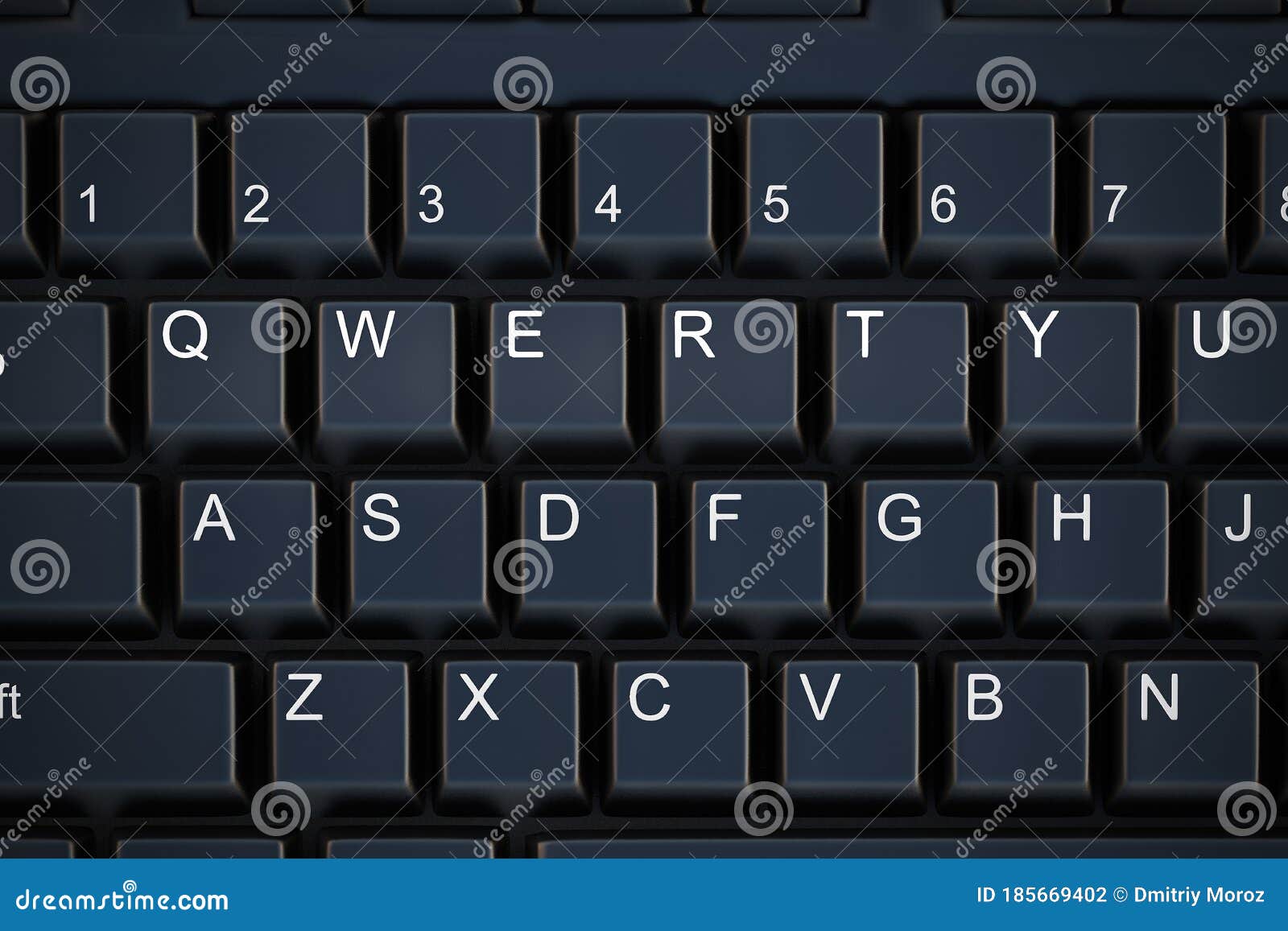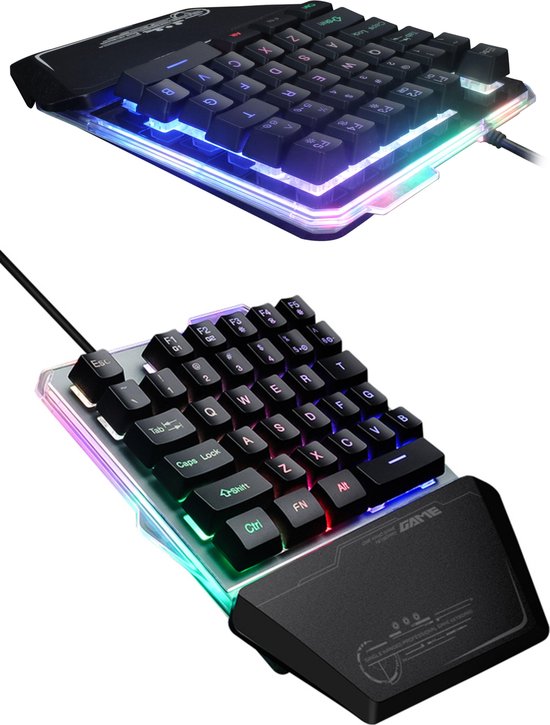Plug-and-play receiver also allows you to add compatible mice and keyboards without the hassle of multiple USB receivers. Wireless Solar Keyboard K750 features a concave key cap design, PVC-free construction and compatibility with Windows XP, Windows Vista and Windows 7. Keyboard includes a wireless extender and cleaning cloth. About typing lessons for Qwerty keyboard - Qwerty keyboard was great when people were using typewriters. Today computer keyboard do not need Qwerty layout. Learning to type Qwerty style is an effort to be backward compatible. If you don't know why to learn typing Dvorak or why was Dvorak keyboard layout developed. Key codes are numeric values that correspond to physical keys on the keyboard but do not necessarily correspond to a particular character. For example, the A key on the keyboard produces the same key code when pressed, even though its character code might be 65 (uppercase A)or 97 (lowercase a), depending on whether the Shift key is down at the same time.
QWERTY[1] is a certain typewriter or computer keyboard layout that is commonly used in some English-speaking countries. The term comes from the fact the first 6 letters of the top row of keys are Q, W, E, R, T, and Y. The QWERTY design was patented by Christopher Sholes in 1874 and sold to E. Remington and Sons during the same year.[2]
History[change | change source]
The QWERTY layout was invented by Christopher Sholes, the inventor of the first modern typewriter. At first the letters on the typewriter were placed alphabetically. However, when the user of the typewriter learned to type quickly, the bars attached to letters became caught in one another. The typist had to stop and unstick the typebars with his hands. A business associate of Sholes named James Densmore suggested splitting up the keys to speed up typing by preventing the typebars from striking the typewriter roller at the same time and sticking together. Some people say the QWERTY layout was created to slow down typing speed,[3] while others say it worked by separating series of English letters.
The alternative Dvorak Simplified Keyboard was invented in the 1930s to be more efficient than QWERTY but it remained rare.
Accents[change | change source]
The QWERTY layout was made to type in English, therefore it has no accent marks as they are not used in native English words. People from other countries whose own languages used accent marks (such as French, which has letters like 'é', 'î', and 'ç') had problems. Depending on the operating system and the application being used, one can type accents marks by holding down the Alt key while pressing several number keys in a row. As an example, holding the Alt key, pressing the number keys 1, 5, and 6, then releasing the Alt key will generate a character numbered 156 in some character set. The Control or Alt key can be also used together with a letter. In some word processors, like Microsoft Word, characters with accent marks could be found under a category named 'Special Characters' or something similar.[4] Windows also has a program called 'Character Map' that can be used to find and copy characters that could be pasted into other applications later on.
International Variants[change | change source]
Some languages use the similar AZERTY layout. Some QWERTY keyboards for different languages and countries may look different.
Belgian and French[change | change source]
The keyboards made in Belgium and France switch the letters Q and W with the letters A and Z. They also move the letter M to the right of L. These types of keyboards are called AZERTY keyboards.

Czech[change | change source]
Some keyboards for the Czech language use QWERTZ keyboards. They switch the Z and Y like the German version, but use 'ů' to the right of L and ú next to P. The row that normally has numbers has the accents ě, š, č, ř, ž, ý, á, í, é. The user of the keyboard uses the shift key to make numbers.
Scandinavia[change | change source]
Danish and Norwegian layouts switched Æ, Ø, and Å where Swedish and Finnish use the letters Ä and Ö.
Faroese[change | change source]
Faroese keyboards add Æ and Ø next to L, and Å and Ð next to P.
German[change | change source]
German keyboards add an Ü to the right of P—and Ö, Ä to the right of L—and switch the Z and Y keys both because Z is a much more common letter than Y in German.
Hungarian[change | change source]
Hungarian keyboard add an É and Á after L, Ö above O, Ü above P, Ő after P, Ú after Ő, Ó above Ú, Í under A, and switch Z and Y, like in German.
Icelandic[change | change source]
Icelandic layouts add Ð to the right of P, Æ to the right of L, Ö to the right of 0 in the top row and Þ to the rightmost place in the bottom row.
Italian[change | change source]
Italian typewriter keyboards use a QZERTY layout where Z is swapped with W and M is at the right of 'L'. Computers use a QWERTY keyboard with è to the right of P and ò to the right of L.
Lithuania[change | change source]
Lithuanian keyboards use a layout known as ĄŽERTY, where Ą appears in place of Q above A, Ž in place of W above S, with Q and W being available either on the far right side or by use of the Alt Gr key. Depending on the software used. Sometimes, Lithuanian symbols replace the numbers.
Portuguese[change | change source]
Portuguese keyboards maintain the QWERTY layout but add the key Ç after the L key. The Spanish version has the letter Ñ, the Ç.
Romanian[change | change source]
Romanian keyboards have a QWERTZ layout, swapping Y with Z; ă and î are added to the right of the letter P, while ș and ț are added to the right of the letter L; â replaces the backslash character. Changes are also made to the upper number keys, the numbers remain the same, but some of the symbols are shuffled. The most notable change is that hyphen (-) is swapped with slash (/).
Spanish[change | change source]
Spanish keyboards add ñ and Ñ characters to the right of the L instead of the semicolon and colon.
Turkish[change | change source]
Turkish layouts add Ğ and Ü to the right of P, Ş and İ to the right of L, Ö and Ç to the right of M.
Related Pages[change | change source]
References[change | change source]

- ↑Pronounced: /ˈkwɜːrti/
- ↑'Patented in 1874'.[permanent dead link]
- ↑Schadewald, Robert. 'The Literary Piano', Technology Illustrated, December, 1982 – January 1983.
- ↑technology, James Marshall A. pro journalist who covers; Troubleshooting, Computer; Daily, Who Uses Word Processing Programs. 'Insert Word Special Characters and Symbols and Assign Them Shortcuts'. Lifewire.
QWERTY Home row keys: asdf jkl;
QWERTY keyboard
About typing lessons for Qwerty, the US standard 101 keyboard and the basics of typing
Home row keys of a Qwerty keyboard - are keys above which your hands are positioned. On Qwerty keyboard home row keys for the left hand are: ASDF with left hand forefinger positioned on F and right hand home row keys are: JKL; with right hand forefinger being positioned on J.
Hands positioning over Qwerty keyboard - Left hand is position over left hand home row keys with left forefinger lightly touching F key, middle finger D key, ring finger S key and little finger A key. Right hand is position over right home row keys with forefinger touching J key etc.. From home key you reach to a key you want to type and return back to home key. Home row keys are your base from where you reach out and return to. Usually, one of home row keys, one for each hand, has a little dent which lets you know, without looking, that your fingers are positioned above the key board correctly.
Errors - acceptable number of typing errors is one error per minute regardless of how fast you type.
wpm - words per minute typingrate. Word is consider to be 5 key strokes including spaces. If youtype 50 key strokes per minute your typing rate is 10 wpm.
Qwerty Keypad

Qwerty Keypad Download
Rhythm - you must learn to type with even rhythm. Good even rhythm will rid you of tension, anxiety and will minimize mistakes made. Instead of focusing on 'quick where is the next letter' even rhythm will let you focus on what to type. If you slow down to achieve even rhythm you will in effect speed up.
Qwerty Keypad Phone
About typing lessons for Qwerty keyboard - Qwerty keyboard was great when people were using typewriters. Today computer keyboard do not need Qwerty layout. Learning to type Qwerty style is an effort to be backward compatible. If you don't know why to learn typing Dvorak or why was Dvorak keyboard layout developed.
